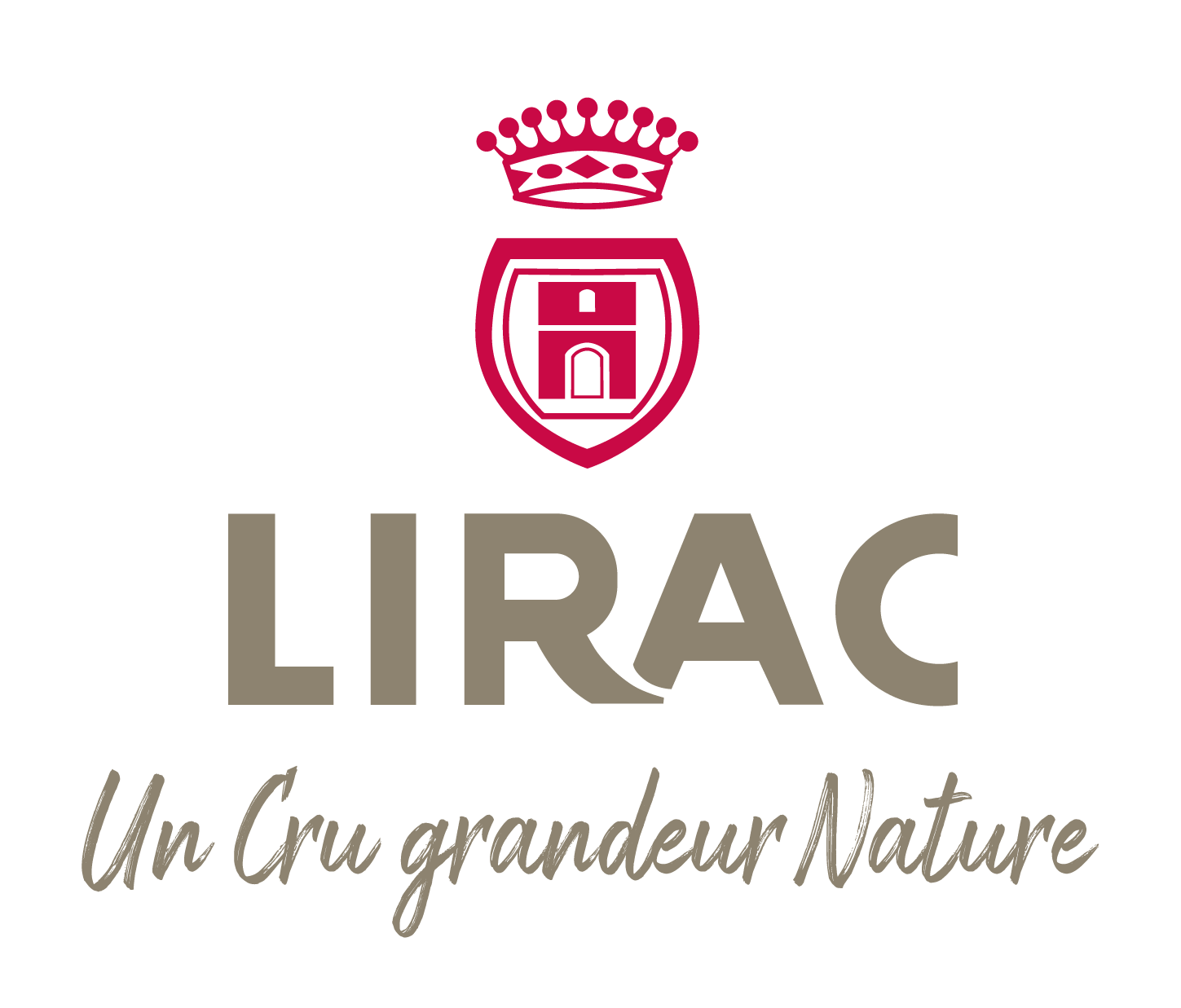Tout pour la fraicheur. Ici coule « l’eau verte », celle qui vient des arbres, elle porte le souffle et la lumineuse fraîcheur des vins de Lirac. La nature géologique escarpée et parfois inaccessible de certains endroits et la discrétion de l’appellation n’a pas nuit aux forêts. Ailleurs l’arbre a été abattu, ici il est respecté. Chênes kermès, chênes blancs, verts, arbousiers, églantiers, genévriers, oliviers, lauriers-thym, baguenaudiers jouent un rôle majeur sur la scène du réchauffement climatique.
Plus d’arbres que de vignes
Les 1200 hectares de l’appellation sont sous la protection bienveillante, le souffle bienfaiteur de 2500 hectares de forêts dont l’haleine salvatrice participe de la nature particulière du cru et rajoute de la fraîcheur à la silhouette élancée des textures. Dans cet écrin protégé, un microclimat dispense ses bienfaits à des vignes souvent exposées au levant compte tenu du relief, ce qui favorise une diminution du temps d’ensoleillement et participe de la fraicheur des vins. Le profil s’affine et la fraîcheur se réinvente grâce à des vendanges plus tardives favorisées par la végétation environnante. La sensation n’est plus celle de l’alcool, elle s’adoucit dans les pH bas du sol, dans des maturités lentes à la faveur d’un juste équilibre entre le sucre et l’acidité des raisins. La biodiversité ici, on l’appelle « nature » et c’est comme ça depuis toujours. Mais Lirac, ne s’en tient pas à cette seule biodiversité préservée et continue à planter des arbres. Une campagne de reboisement est en cours, soutenue par le mécène Pure, entreprise spécialisée dans la décarbonation et le financement de projets environnementaux dans le milieu de l’agriculture. De nouvelles plantations de haies et d’arbres sont envisagées et réalisées avec l’adhésion de toute la population vigneronne. Le but est de planter 5000 arbres en 3 ans. Afin de préserver tous ces acquis et avec le désir d’aller encore plus loin dans le respect du capital végétal du vignoble, un volet environnemental entérinant les évolutions et développant l’engagement futur des vignerons sera inclus dans le cahier des charges de l’appellation.
Un patrimoine végétal hors norme
« On a su garder nos arbres et nos vieilles vignes », lance l’ancien président de l’appellation Rodolphe de Pins, fier de ce patrimoine végétal historique qui raconte l’attachement de la population à sa nature : aux arbres mais aussi aux vignes dont certains ceps préservés des années 1960 n’ont jamais été clonés et constituent un réservoir de massales capables de produire l’authentique Lirac. Ces plants à la génétique particulière sont devenus des fruits quasi endémiques, épousant la nature originale de cette terre boisée. De très vielles clairettes aux circonvolutions émouvantes dressent vaillamment leur bois face au Mistral ; des mourvèdres quasi centenaires arrachent au sous-sol un dernier élan de fraîcheur quand le génie préservé des antiques gobelets de grenache donne du style aux assemblages. Stimulé par cet environnement verdoyant, les vignerons ont converti 53% des parcelles en agriculture biologique et 23% en biodynamie. Les forêts telles celle de Clary, et de la Sainte-Beaume sont les poumons d’un vignoble qui respire la santé. Posé à la lisière de la Sainte Beaume, une grotte qui servit de refuge aux catholiques pendant les guerres de religion, flanquée d’une chapelle, est devenue un sanctuaire où des ermites se retirèrent pendant des siècles, jusqu’à ce que la mairie de Lirac n’en fasse un emblème de son écosystème préservé. A peine visible dans son écrin végétal l’Ermitage de la Sainte Beaume inspire la nouvelle identité du cru.
Le Terroir
Le Cru Lirac étage ses vignes en terrasses et en coteaux sur quatre communes de la rive droite du Rhône, entre garrigue, mistral et terres arides baignées par un soleil éclatant. Cette situation confère aux vins une partie de leur personnalité. Les femmes et les hommes de Lirac transcendent par leurs pratiques l’expression et la typicité du terroir de Lirac.
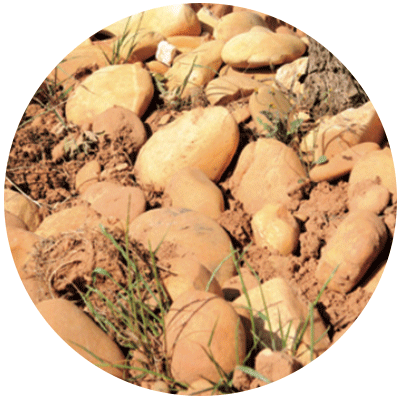
-
Galets roulées
Galets roulées
Ils sont principalement présents à Lirac et à Saint-Laurent-des-Arbres. Ils témoignent d’une très ancienne terrasse déposée par le Rhône au tout début du Quaternaire. Sa nature, que l’on retrouve sur l’autre rive du Rhône à Châteauneuf-du-Pape est très typique. Longuement soumises à d’intenses variations climatiques, elle est constituée de galets de quartzite (100% de silice) provenant du cœur de la chaîne des Alpes, roulés par le fleuve et déposés sur de vastes superficies. Ces galets sont associés à des argiles sableuses rouges. Ce terroir donne des vins puissants avec une architecture tannique solide et dotés d’un potentiel de garde élevé. Les rouges sont dominés par un registre aromatique de fruits noirs (cerise noire, cassis, myrtille) et d’épices.
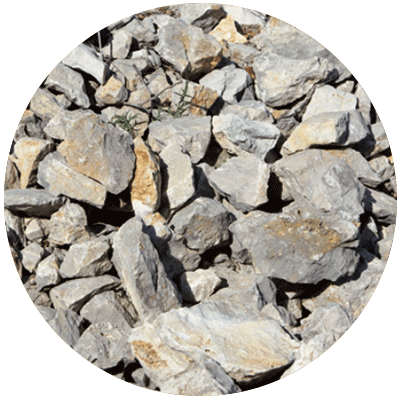
2. Éboulis calcaires
A l’ouest de l’aire de l’ appellation Lirac, le vignoble a été implanté sur des éboulis provenant de l’érosion de reliefs calcaires d’âge crétacé, qui nappent les versants et s’avèrent particulièrement viticoles. Cette famille de terroirs favorise l’élaboration de vins marqués par une minéralité et une fraîcheur remarquable.
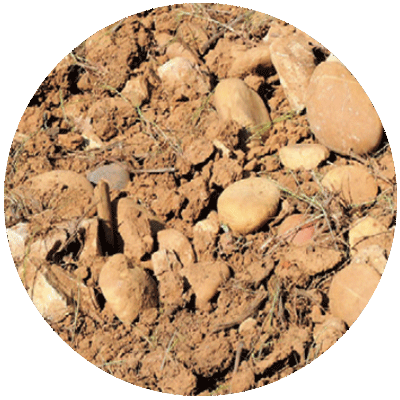
3. Sables de la fin du Tertiaire
Des sables fluviatiles d’âge pliocène (fin du Tertiaire) comblent les espaces compris entre les reliefs calcaires et forment très souvent le support de l’ancienne terrasse quaternaire (Saint-Geniès-de-Comolas, Saint-Laurent-des-Arbres). Soumise à l’érosion, cette terrasse a revêtu de galets et de graviers les pentes sableuses des collines. Cette association (galets, graviers et sable) donne des vins rouges très fins, dont la trame tannique est élégante et la palette aromatiques orientée vers les fruits rouges.
Les cépages
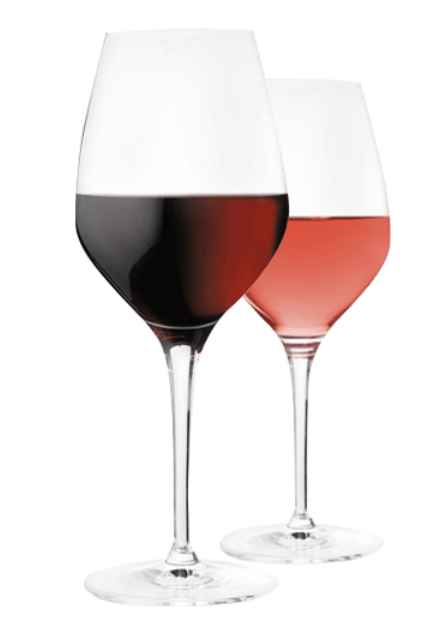
Grenache Noir
Finesse et opulence
Ce grand cépage est la base des vins rouges et rosés méridionaux. Il résiste bien au vent et à la sécheresse. Son potentiel aromatique, ses tanins équilibrés en font un cépage essentiel pour l ‘élaboration de vins rouges et rosés de l’appellation. Il donne des vins riches et généreux et leur confère également beaucoup de finesse et d’harmonie. Il permet aux vins d’avoir de superbes arômes de cerise noire mûre, de réglisse, d’épices, de fruits noirs et de cacao.
Syrah
Structure, nervosité, arômes
La Syrah apprécie les climats plus difficiles et moins abritées. C’est un cépage très expressif. Elle donne une grande richesse aromatique: parfum de fruits rouges, de violette, de cuir, de cassis, de mûre, de Myrtille … Elle apporte également une très bonne intensité colorante et une belle structure tannique. Ses tanins sont denses mais ils apportent aussi une belle finesse.
Mourvèdre
Puissance tannique, capacité de vieillissement
Très exigeant en chaleur et en lumière pour bien mûrir, il est plus souvent implanté en bordure de zones littorales et pour Lirac, dans les zones intérieures chaudes. En assemblage avec les autres cépages, il donne de jolis reliefs aux cépages traditionnels méridionaux (Grenache, Cinsault).
Il confère aux Lirac évolués de belles notes animales ou de sous-bois, de truffe, de fruits très mûrs et de réglisse ainsi que d’une intensité puissante.
Cépages secondaires :
Carignan
Cinsault
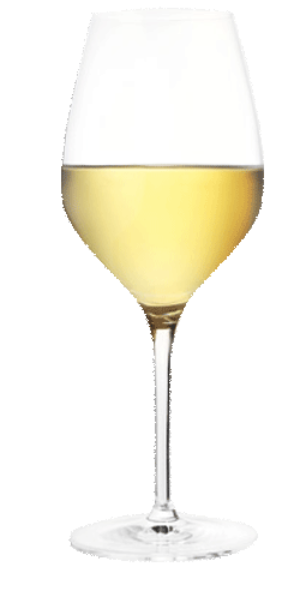
Grenache Blanc
Longueur et onctuosité
C’est le grand cépage des vignobles méditerranéens soumis à la sécheresse estivale et au mistral. À l’instar du grenache noir pour les vins rouges, il donne des vins blancs avec une belle richesse aromatique. Ils sont assez corsés, peu acides, ronds et longs en bouche.
Clairette
Fruité et finesse
Originaire du Sud de la France, ce cépage aime les sols profonds, argileux et caillouteux. La Clairette donne des vins très parfumés, des fruits et des fleurs, une grande finesse et un plaisir immédiat.
Roussanne
Élégance et complexité aromatique
Ce type de cépage est très sensible aux maladies et trouve son origine dans le nord de la Vallée du Rhône et convient aux sols pauvres et pierreux, bien exposés. Il donne des vins fins et élégants sur une belle structure acide et une grande richesse aromatique avec des notes d’abricot, de miel et d’aubépine sur les notes subtiles de café et de narcisse. Doté d’un fort caractère, produit noble des vins de longue garde.
